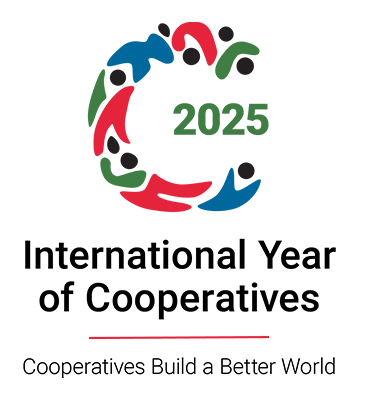Introduction
Blood is a fluid connective tissue responsible for transport of nutrients and oxygen to all organs. There is as yet no effective artificial substitute for this and no way of manufacturing it. The human body is the only source of blood. There are many indications for blood transfusion, both routine and emergency. In cases of acute blood loss like in accidents, blood transfusion is life saving. In the case of thalassemics, they are dependent on repeated blood transfusion to maintain their haemoglobin.
Needless to say, this gift of life requires to be of the best quality and free from disease or contamination to be actually beneficial. Since the source is human, blood transfusion along with the obvious benefits does carry with it a risk of transmission of transfusion transmitted infections like syphilis, malaria, hepatitis B, hepatitis C and HIV. Although each unit of blood goes through mandatory tests for all these infections, the risk of transmission of infection does not become zero. Blood transfusion is justified only when the risks outweigh the benefits.
As far as HIV AIDS is concerned, transmission through infected blood accounts for only 3% of HIV AIDS cases. What is important is the effectiveness of transmission, which is more than 90%. Hence the importance of Blood Safety as one of the components of the National AIDS Control Programme.
Blood Transfusion Service
The collection and storage of blood is done by blood banks attached to hospitals or stand-alone.Many of these blood banks are under central/ state governments. Voluntary agencies and private sector blood banks also provide a significant service. Delhi has a total of 52 blood banks and 2 blood storage centers. Blood transfusion services in Delhi are not centrally coordinated as is ideal. However, State Blood Transfusion Council has identified 8 blood banks as Regional Blood Transfusion Centres and these have been linked to blood banks of their region for blood needs, training, capacity building and trouble-shooting.LIST OF BLOOD BANKS with linkages (Hyper link).
Objective
The major objectives of the Blood Safety Programme is to ensure the easily accessible, adequate supplies of safe and quality blood and blood components for all irrespective of economic or social status. This objective translates into the following responses for which necessary steps have been initiated.
- A National Policy with time bound action plan
- A centrally coordinated, organized and close knit BTS ensuring optimum safe blood supply
- Blood supply sourced from repeat, non-remunerated voluntary donors
- Screening of all units for TTI prior to issue using the latest technology
- Rational use of blood
- Total quality management
- Capacity building
Blood safety is an integral part of the National AIDS Control Programme. At the State level, in State AIDS Societies. The staff provided under this component is Joint Director and Technical Assistant and Drug Inspectors.
Support Provided
DSACS is supporting 4 Blood Component Separation Units, 12 major blood banks, 6 district level blood banks and 10 zonal blood testing centers. (Hyperlink with linkages) These centers are being assisted by providing HIV and HCV kits through NACO. Blood banks modernized under Central scheme of assistance are provided financial support for manpower, blood banks equipment, contingency and purchase of consumables, chemicals and reagents. Each district of Delhi has atleast one modernized blood bank.
New Initiatives
- Provision of IEC material to all RBTCs for promotion of voluntary blood donation
- Linkage of Blood banks with VCTCs for referral of result seeking sero-positive donors
- Linkage of Blood banks to RBTCs
- Linkage of Blood Banks with State reference laboratories for EQAS
- Support to training programmes and workshops on blood safety
- Setting up of Blood Storage Centres in first referral units
- Website for registration of repeat voluntary donors (Hyperlink)
- Setting up of Red Ribbon Clubs to promote voluntary blood donation among youth
Roadmap & Vision
Blood transfusion services should be centrally coordinated ensure access to safe blood for each and every patient requiring it at close proximity. It should work in the form of a network of blood banks and blood storage centers linked to a regional centre. Each regional center should be upgraded to a blood component separation unit and provided with mobile vans to transport components to linked centers. Mobile blood collection vehicle should also be provided to hold blood donation camps in market places and workplaces. The onus of procurement of blood should lie with the service provider. Blood should be sourced from repeat voluntary non remunerated voluntary blood donors and replacement donation should be phased out.
Activities Undertaken
- Blood donation campaign on Voluntary Blood Donation Day (1st October )
- Observance of blood drive on Valentine’s day (14th February)
- Participation in World Blood Donor Day (14th June)
Monitoring
Periodic inspections are carried out with the Drug Control Department.


 Delhi State AIDS Control Society
Delhi State AIDS Control Society 


